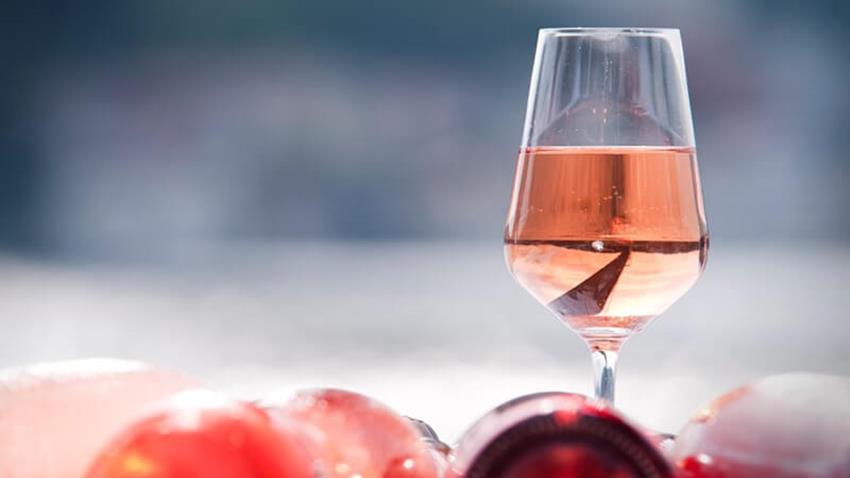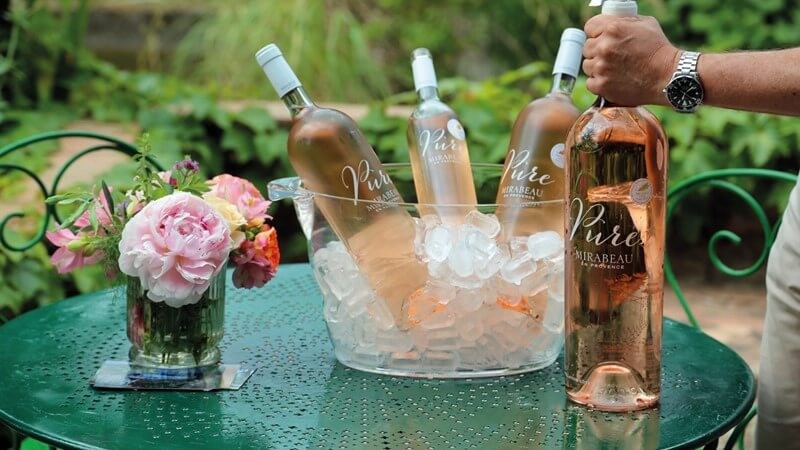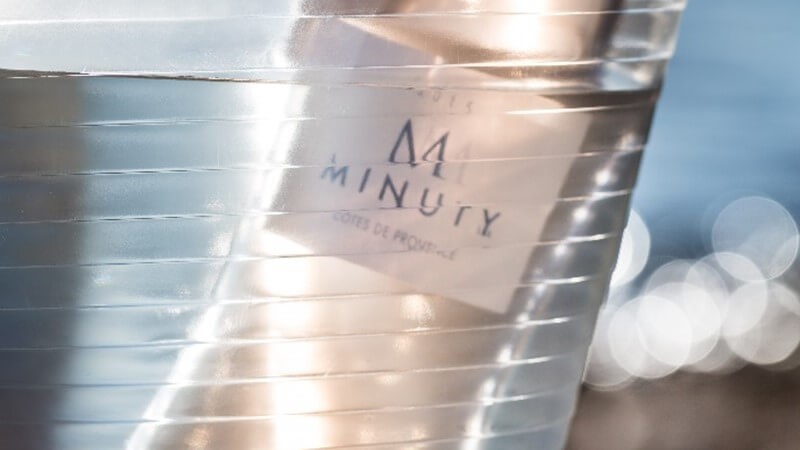
The consumer trend towards Provence rosé is not slowing down yet. Taste for the style has seen an unrelenting thirst, with 30% of Provence rosé volume now heading to our shores. The success of Provence rosé has led to the rise of a new category in the wine world called “Pale Pink”, rising from changes to the rosé winemaking process in many regions that were initially making deep-coloured rosé through maceration, such as Rioja.
It’s easy drinking and easy to understand. Unlike other wines, think Burgundy or Bordeaux, Provence doesn’t scare or intimidate customers. It’s fun, relaxed and almost feels like a new, fresh, modern category. The easy-going feeling of lounging around in the south of France threading through into laid-back, personable brands – teams such as Stephen and wife Jenny at Mirabeau, Sacha Lichine at Chateau d'Esclans and Jean-Etienne and François Matton at Château Minuty creating elegant wines with simple, attractive bottle designs.

Pink is in vogue. It’s the colour dominating design, fashion, and Instagram. The stunning hues of a Provence rosé have a huge visual impact, turning heads and never failing to transport the drinker to le Midi. When the sun is shining, and you have a cold glass of rosé, you could be anywhere in the world. To consumers, drinking Provence rosé is more of an experience than just having a glass of wine. The wine brings with it, to our often rainy shores, the idea of a Provençal lifestyle with every bottle.
Rosé is famously versatile, and Provence rosé is especially so. It can pair with plenty of different foods and is well suited to BBQ and alfresco dining - awakening a desire in all of us to thoroughly enjoy the fleeting periods of summer weather. In the south of France, rosé, like champagne, is often drunk as a “Piscine”. Named for the tendency of the drink to be enjoyed around the swimming pools of St. Tropez, it comprises of wine served in a large glass packed with ice. This versatility has led to many Rosé cocktails with Frosé, Rosé Margarita, and the Rosé‐mopolitan being good examples.
Pale Rosé is becoming a drink consumed and branded in a similar way to Champagne. It is probably the only wine that is moving in this direction and amounts to a rise of brands, brand loyalty, premiumisation and large formats becoming increasingly popular. Magnums are particularly worth exploring for late night venues and by the glass listings where you have the large bottle resting on your bar in an ice bucket – beckoning customers in.
Focusing on selling premium Provence rosé should be a priority, French rosé priced between £20 and £30 is up 10%. Brands like Chateau D’Esclans have established themselves as proper aspirational rosé brands, and customers are willing to pay higher prices for a bottle. Minuty, Chateau La Gordonne, and Chateau D’Esclans fit the premium bill, each offering a fantastic quality to price ratio.

Large formats offer great margin possibilities this summer. Chilled Rosé from a magnum is the St Tropez sophisticated lifestyle in a glass. Mirabeau offers both their Mirabeau Rosé and Pure Rosé in 1.5-litre formats at an incredibly reasonable price point. These wines are very easy drinking and the style that British people are expecting from a Provence rosé.
It is now or never to get your rosé offer just right. There is a 136% uplift in the summer months versus the rest of the year for rosé wines. Display rosé in the same way as Champagne bottles, use POS such as ice buckets, stock a mix of formats and create a high impact display of your top margin products.

